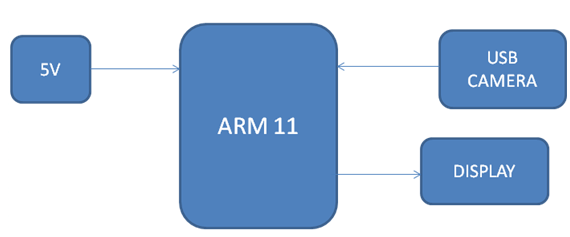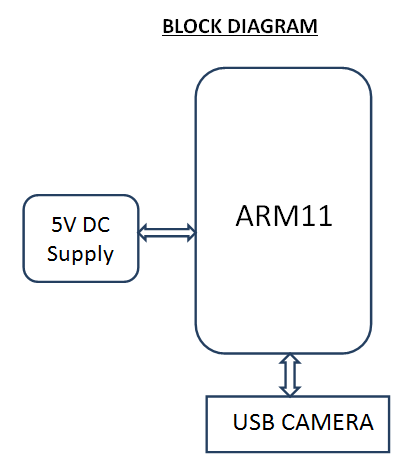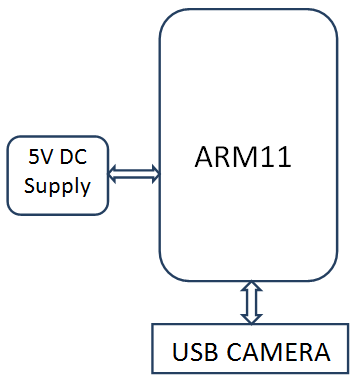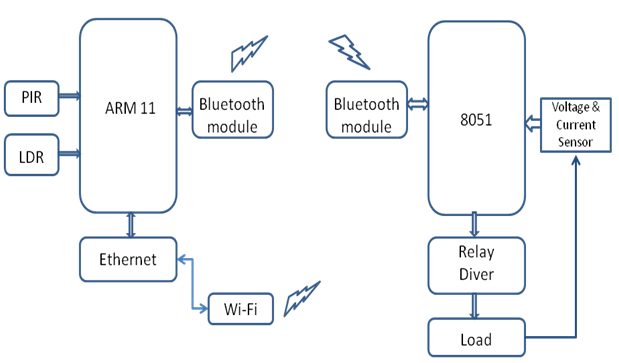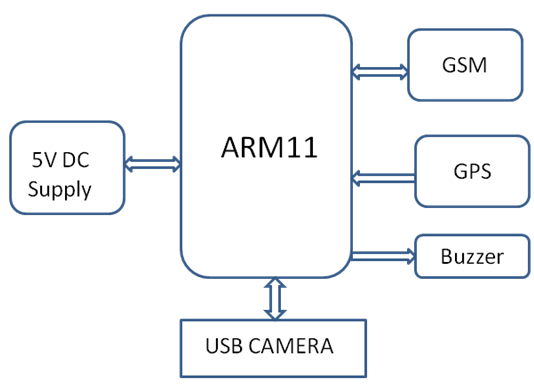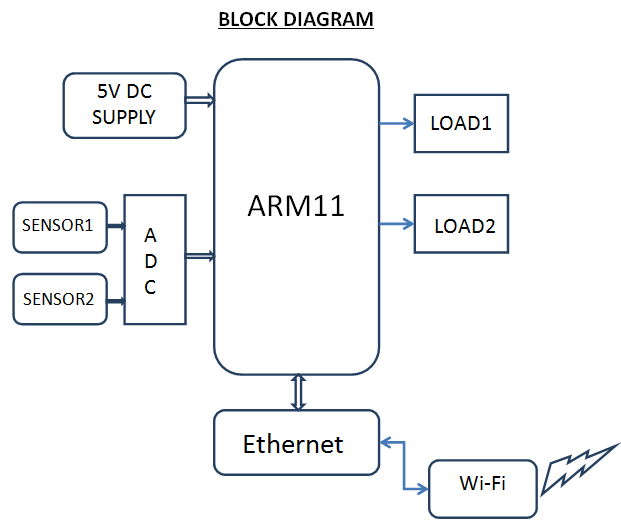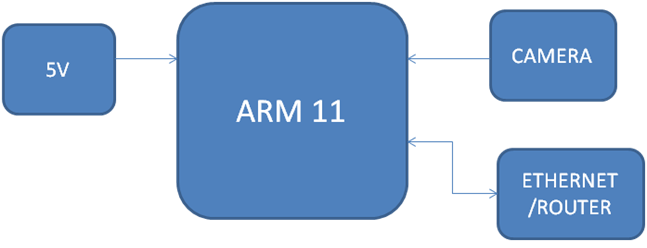Existing System:
In the existing System, the concept shown was to how to embed an image with a QR Code, which can be implemented much easily with the currently online tools then the explained algorithm.
Proposed System:
In the QR Images Optimized Image Embedding in QR Codes Proposed System, we are going to develop a new approach GUI based algorithm to read the data embedded into the QR Code using the open source tools live USB camera will continuously stream the video with the data recognition algorithm running background, whenever to the system a QR Code is displayed in front of the Camera, it will decode the data of the QR image onto the screen.
BLOCK DIAGRAM
Hardware:
Raspberry pi (ARM11), USB Camera
Software:
Raspbian OS, QR Image Recognition algorithm
Applications:
Data hiding, Security, advertisements.
Advantages:
1) Developed on ARM 11 Based processor, which runs at high speed due to which no data lapse will be done
2) Low power consumption and high accuracy.

